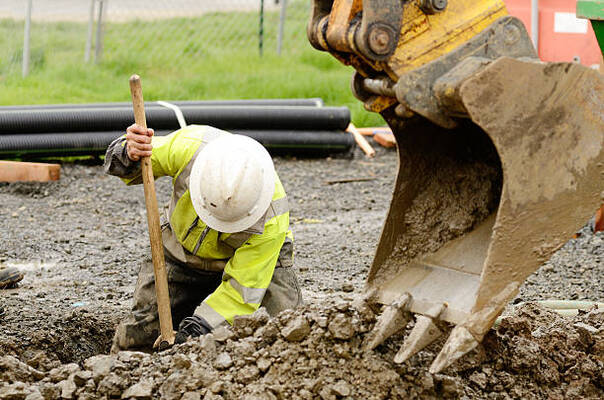- 1-905-452-8193
- Contact Us
- Member Login
- Get Listed Today
- 220,911 members

According to professionals who provide directional drilling Sydney services, trenching is the process of excavating a narrow, deep hole in the ground. It is most commonly used to install underground utility lines or drainage pipes. Trenching can be a challenging task, as it requires careful planning and execution to ensure the safety of workers and avoid damage to surrounding property. The following guide will outline the basics of trenching, including how to plan for a trenching project and the safety precautions that must be taken.
When planning a trenching project, the first step is to determine the depth and width of the trench that will be needed. The size of the trench will be determined by the type and size of the pipe or utility line that needs to be installed. Once the dimensions of the trench have been determined, the next step is to mark out the area where the trench will be dug. This can be done with stakes and string or spray paint.
After the excavation area has been marked out, the next step is to excavate the trench. This is typically done with a backhoe or other large piece of construction equipment. Care must be taken when excavating the trench to avoid damaging any underground utilities or pipes. The sides of the trench should be sloped to prevent collapse, and the bottom of the trench should be level to ensure proper drainage.
Once the trench has been excavated, the next step is to install the pipe or utility line. This is typically done by lowering the pipe or line into the trench with a crane or other lifting device. Once the pipe or line is in place, it must be secured to prevent movement. This is typically done with concrete anchors or clamps.
After the pipe or utility line has been installed, the final step is to backfill the trench. This is typically done with dirt or gravel. The backfill material must be compacted to prevent future settling. Once the trench has been properly backfilled, it should be covered with soil or sod to restore the area to its original condition.
Trenching can be a challenging and dangerous task if not done properly. Careful planning and execution are essential to ensure the safety of workers and avoid property damage. The following guide has outlined the basics of trenching, including how to plan for a trenching project and the safety precautions that must be taken.
Trenching can be a complex and dangerous task, so it is important to have a clear understanding of the basics before starting any project. Here are some key things to keep in mind:
Know the purpose of the trench
Before you start digging, it is important to know why you are trenching. This will help you determine the appropriate depth and width for the trench.
Choose the right equipment
The type of equipment you use will depend on the size and depth of the trench. For smaller trenches, a shovel may be all you need. For deeper trenches, you may need an excavator or other heavy machinery.
Dig at the correct angle
The sides of the trench should be sloped at an angle that will prevent them from collapsing. A 45-degree angle is typically recommended.
Support the walls of the trench
As you dig, it is important to support the walls of the trench with timbers or other materials to prevent them from collapsing.
Remove any underground utilities
If you encounter any underground utilities, such as water or gas lines, you will need to have them relocated before you can continue trenching.
Refill the trench
Once you have finished trenching, it is important to refill the hole to prevent collapse and stabilize the ground.
Compact the soil
After the trench has been refilled, the soil should be compacted to further reduce the risk of collapse.
By following these basic guidelines, you can help ensure a safe and successful trenching project. If you need more information about this topic, get in touch with your local contractor.
